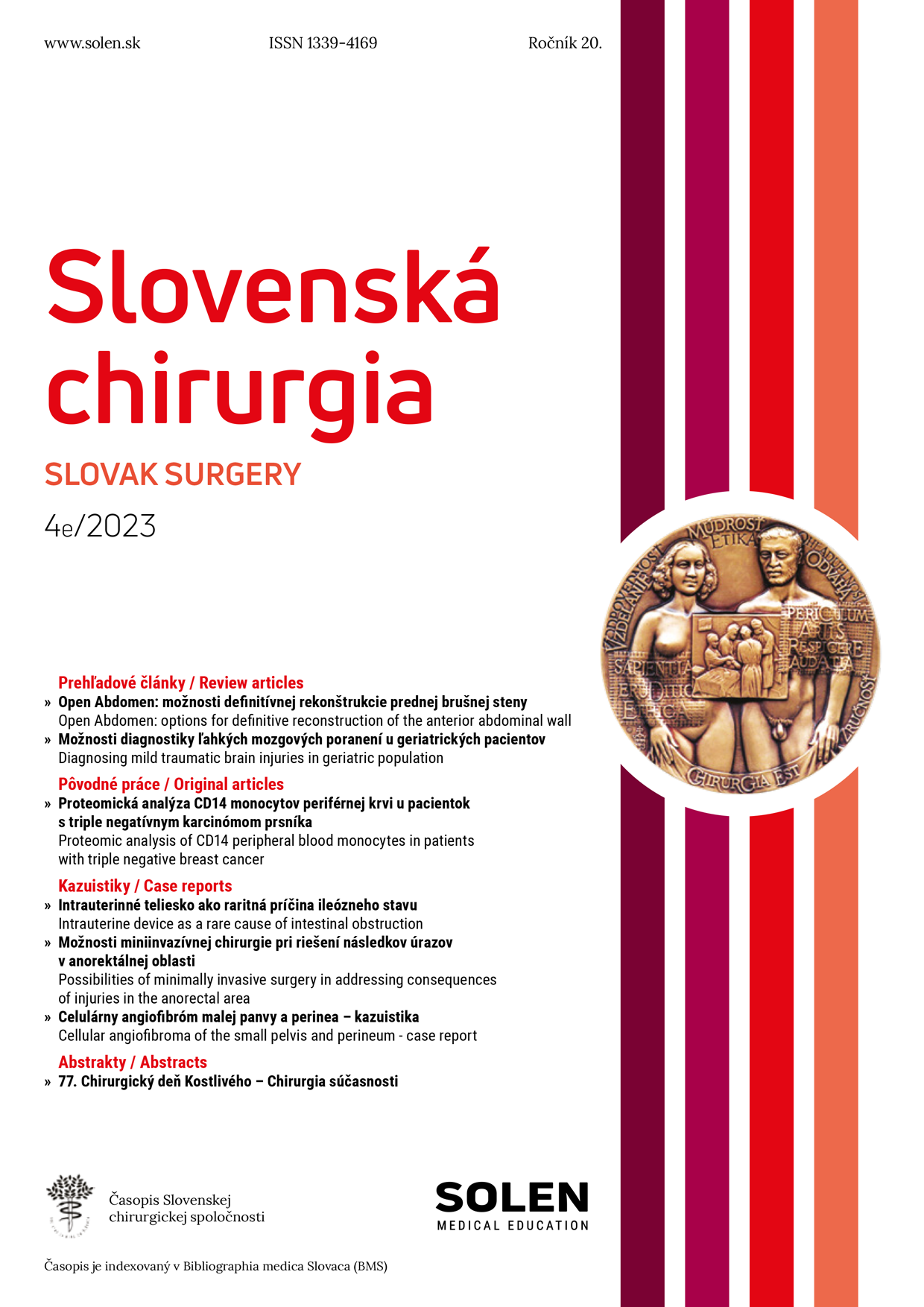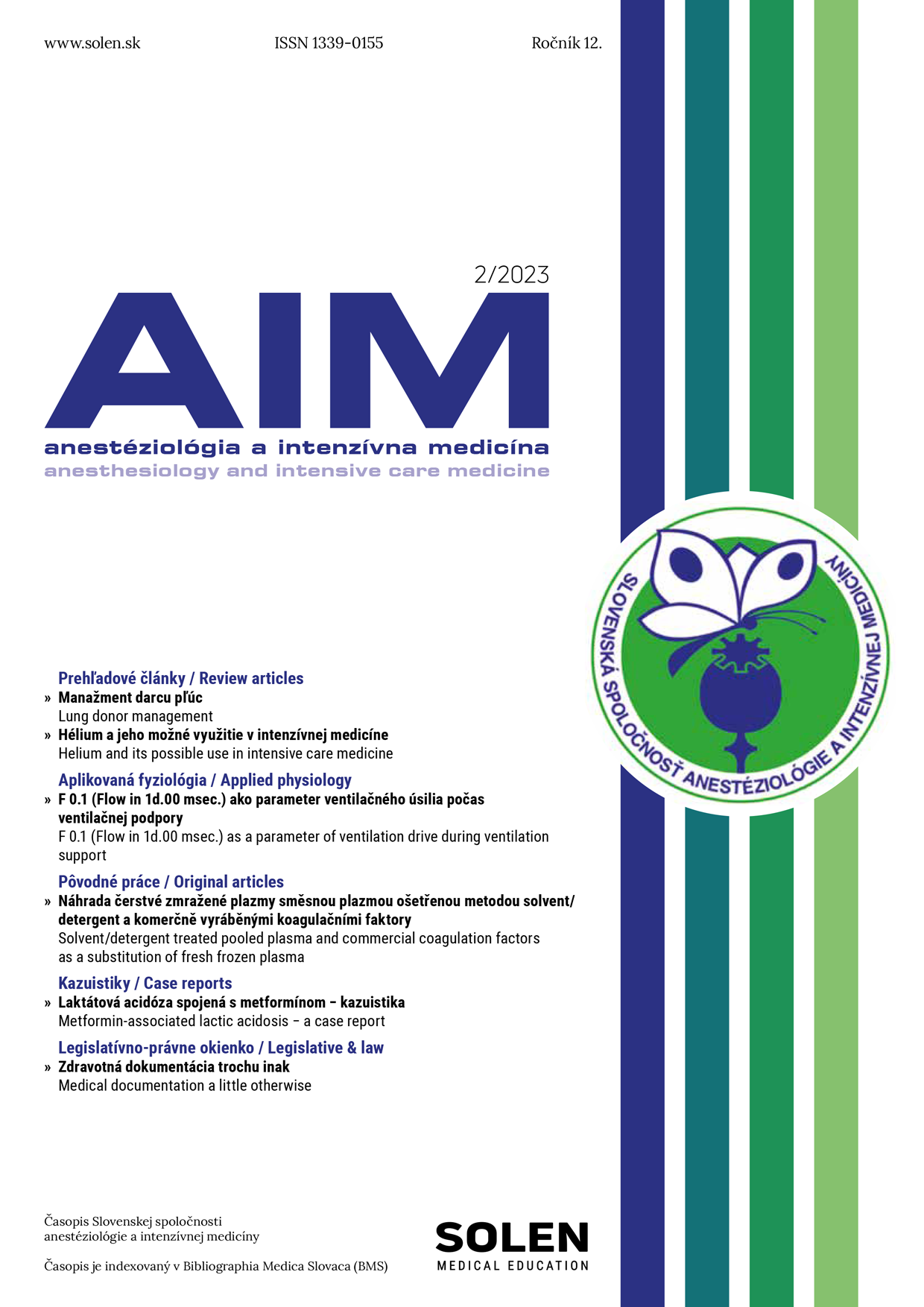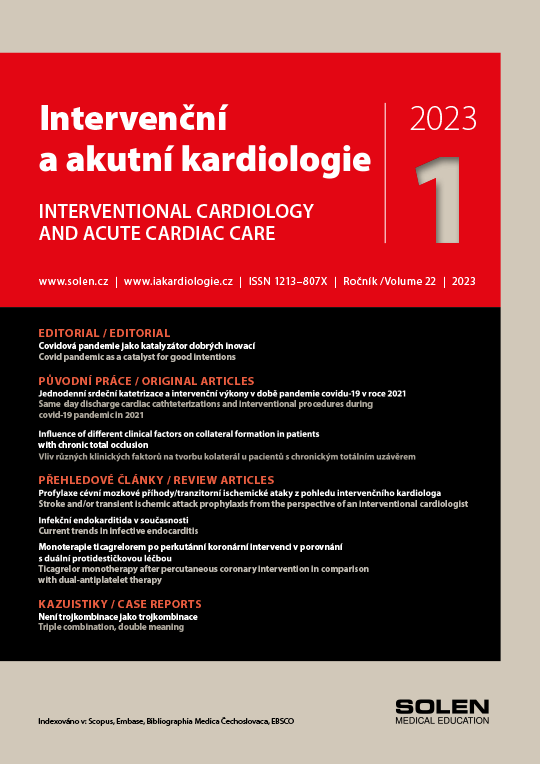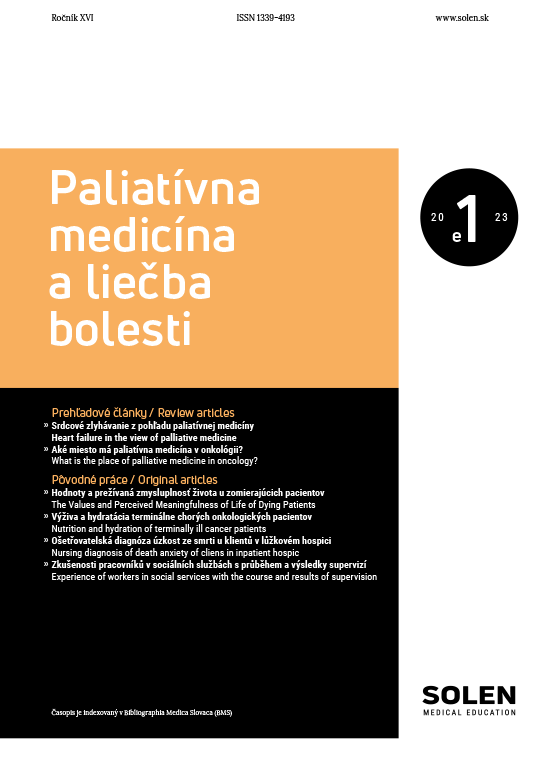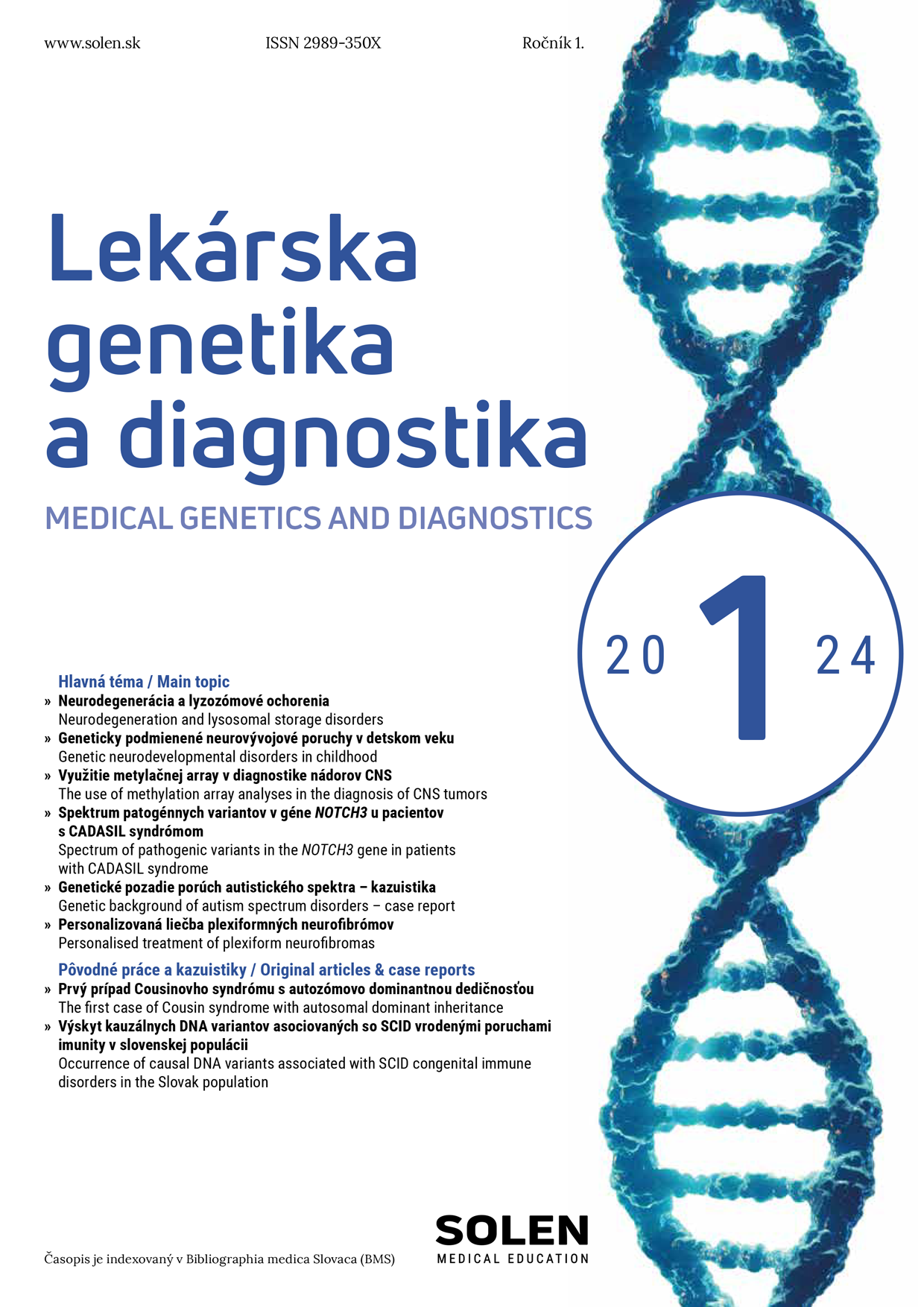Via practica 1/2021
Diabezita a kardiovaskulárne ochorenia
Diabezita (obezita a diabetes mellitus 2. typu) sa stala v 21. storočí globálnou pandémiou postihujúcou obe pohlavia a všetky vekové kategórie. Obezita a diabetes mellitus typu 2 ako spolusúvisiace chronické ochorenia sú významnými rizikovými faktormi aterosklerózy a kardiovaskulárnych chorôb, ktoré sú hlavnými príčinami zvýšenej chorobnosti aj úmrtnosti týchto pacientov. Uvádzame doteraz známe patofyziologické mechanizmy spájajúce diabezitu so vznikom a progresiou kardiovaskulárnych ochorení (KVO). Podrobne sa venujeme aj špecifikám a komplikáciám jednotlivých KVO pri obezite a diabetes mellitus typu 2 (DM2T). Tieto poznatky určujú hlavné smery prevencie a liečby diabezity tak v súčasnosti, ako aj v budúcnosti. Základom prevencie však zostáva redukcia hmotnosti a dôsledná liečba komorbidít, hlavne artériovej hypertenzie a aterogénnej dyslipidémie. Hoci riziko kardiovaskulárnych príhod zostáva pri diabezite stále signifikantne vyššie, dôsledná aplikácia týchto postupov viedla v priebehu ostatných 15 rokov v tejto populácii pacientov k výraznej redukcii KV príhod a ich následkov.
Kľúčové slová: adiabezita, kardiovaskulárne ochorenia, endotelová dysfunkcia, akútne koronárne syndrómy a diabetes, prevencia kardiovaskulárnych ochorení
Diabesity and cardiovascular diseases
Diabesity (obesity and type 2 diabetes mellitus) has become a pandemic affecting both sexes and all age categories in the 21st century. Obesity and type 2 diabetes mellitus (DM2T) as interrelated chronic diseases are significant risk factors for atherosclerosis and cardiovascular diseases (CVD). CVD are the main cause of increased morbidity as well as mortality in these patients. We present the previously known pathophysiological mechanisms linking diabesity to the onset and progression of CVD. We also deal in detail with the specifics of individual CVD in patients suffering from obesity and type 2 diabetes mellitus. These findings determine the main directions of prevention and treatment of these conditions. However, weight reduction and consistent treatment of comorbidities, especially hypertension and atherogenic dyslipidemia, remain the basis of prevention of diabesity. Although the risk of CVD in diabesity is still significantly higher, consistent application of these procedures has led to a significant reduction in cardiovascular events and their consequences in this patient population over the last 15 years.
Keywords: diabetes, cardiovascular diseases, endothelial dysfunction, acute coronary syndromes and diabetes, prevention of cardiovascular diseases


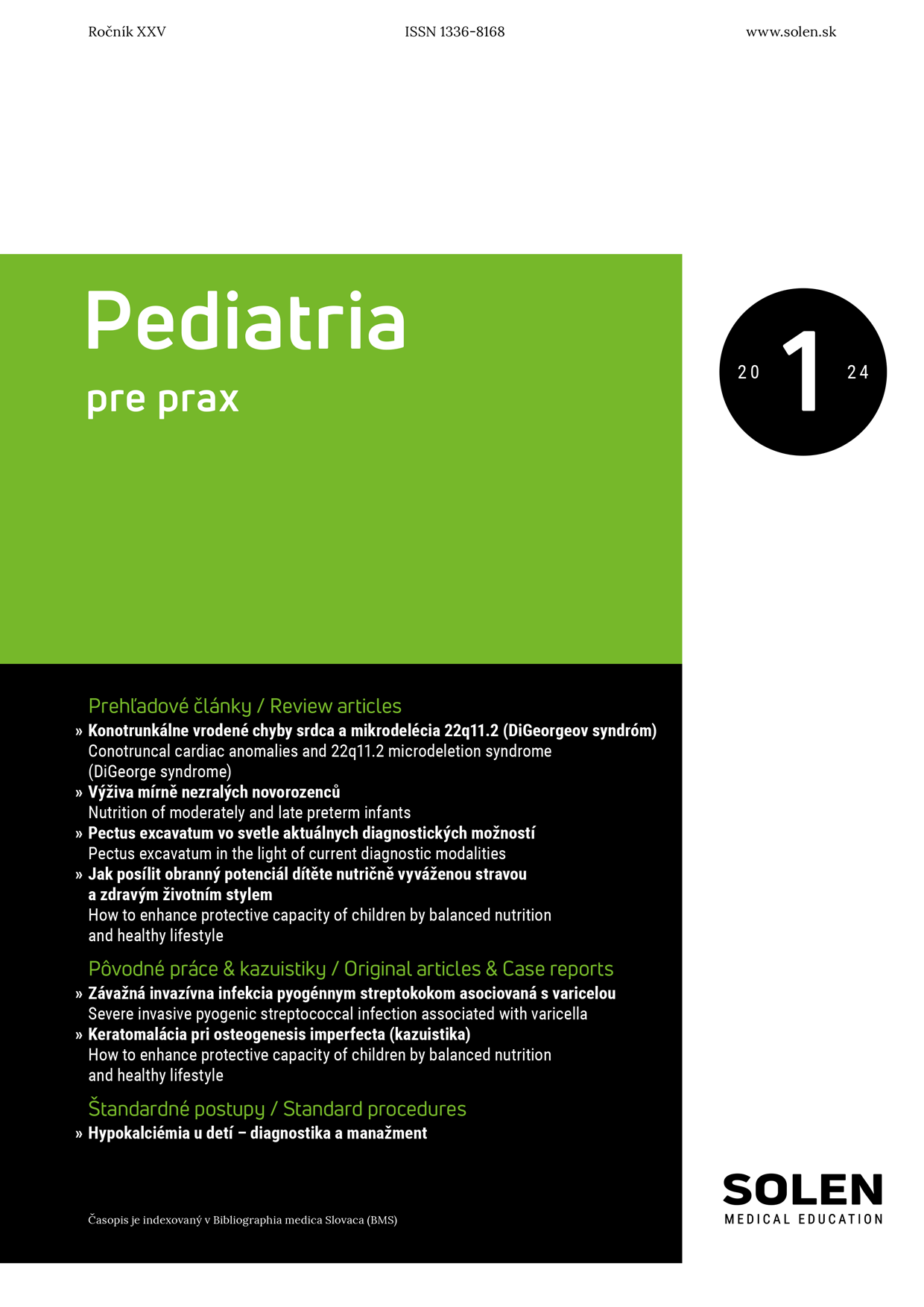
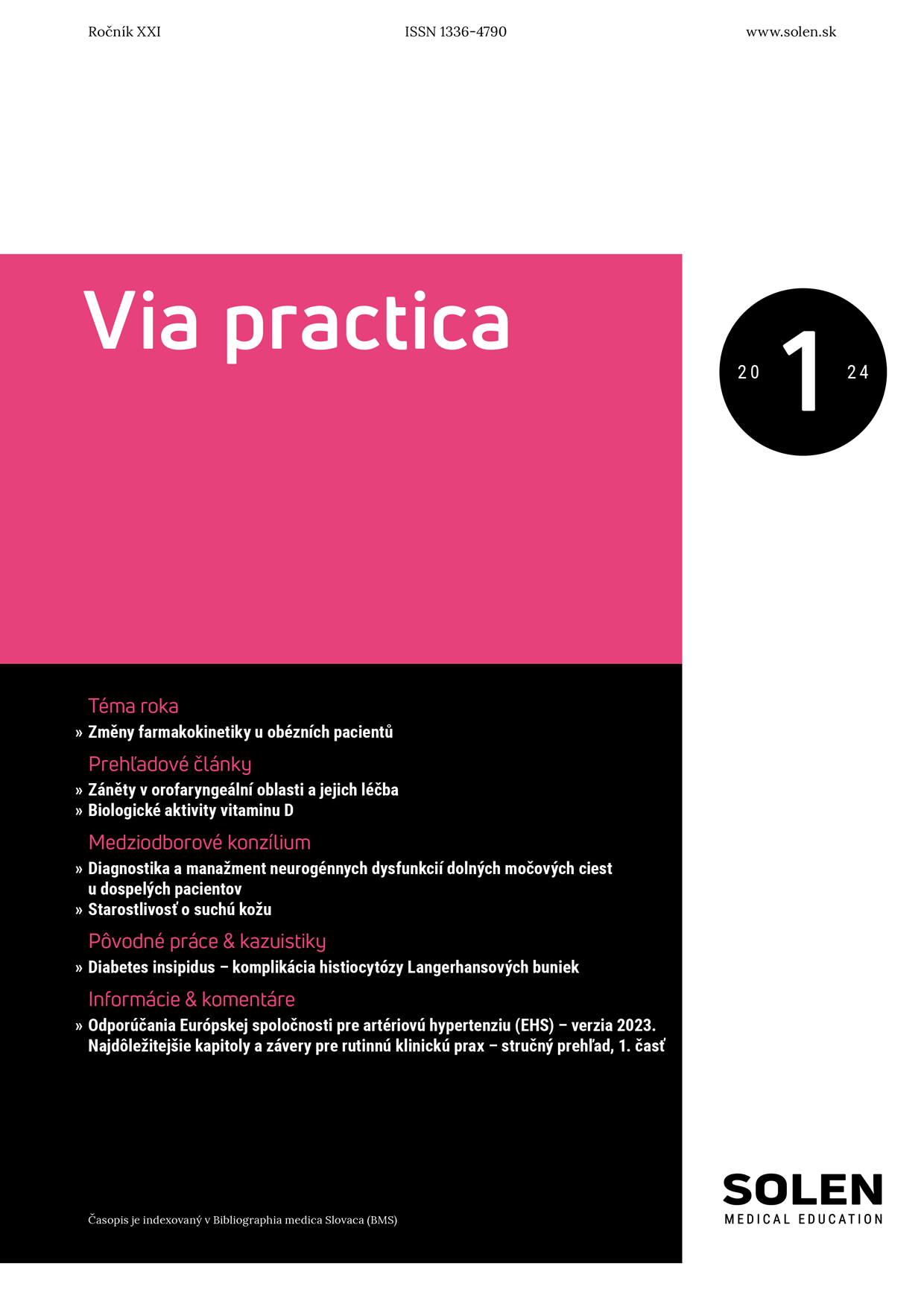
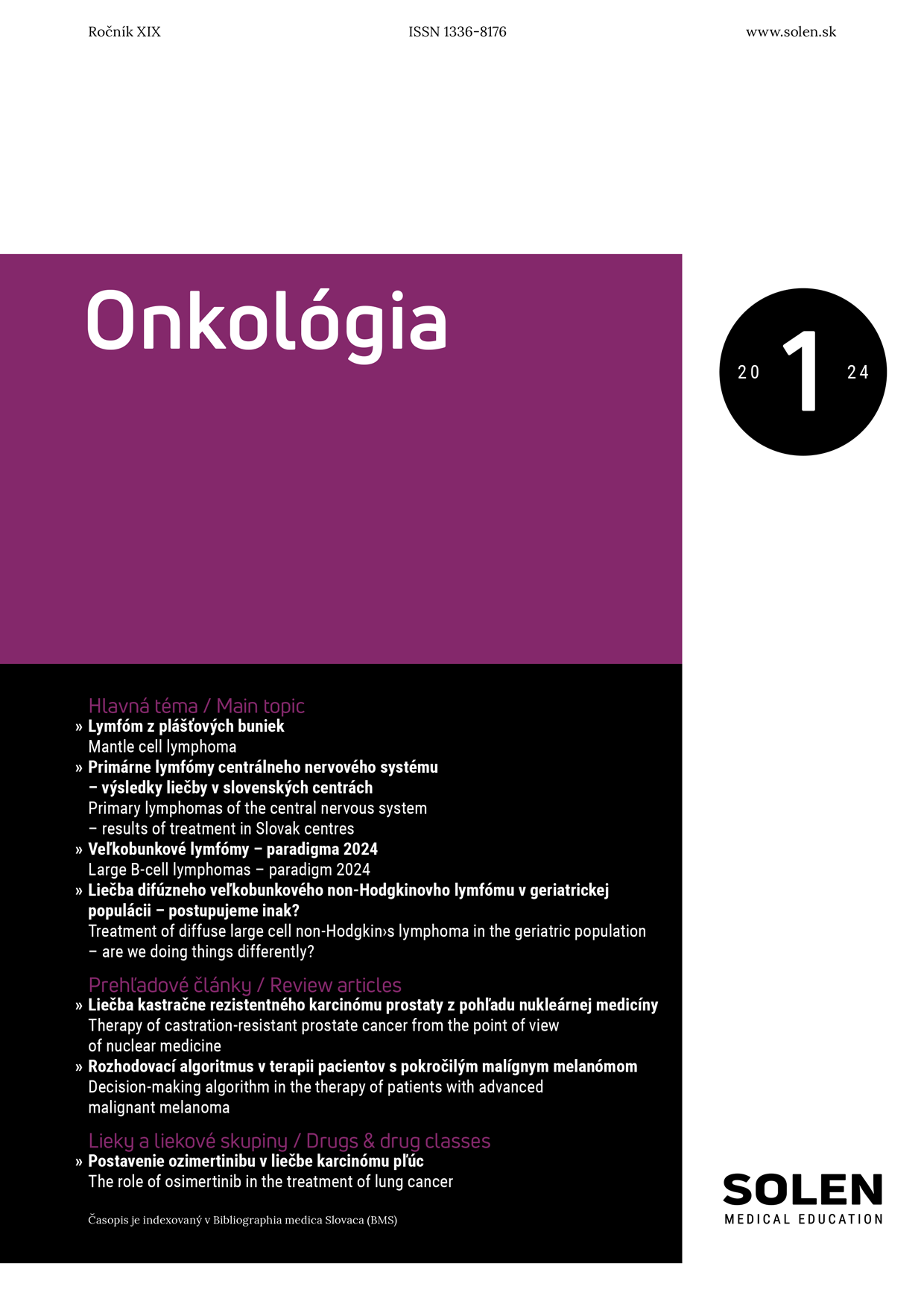
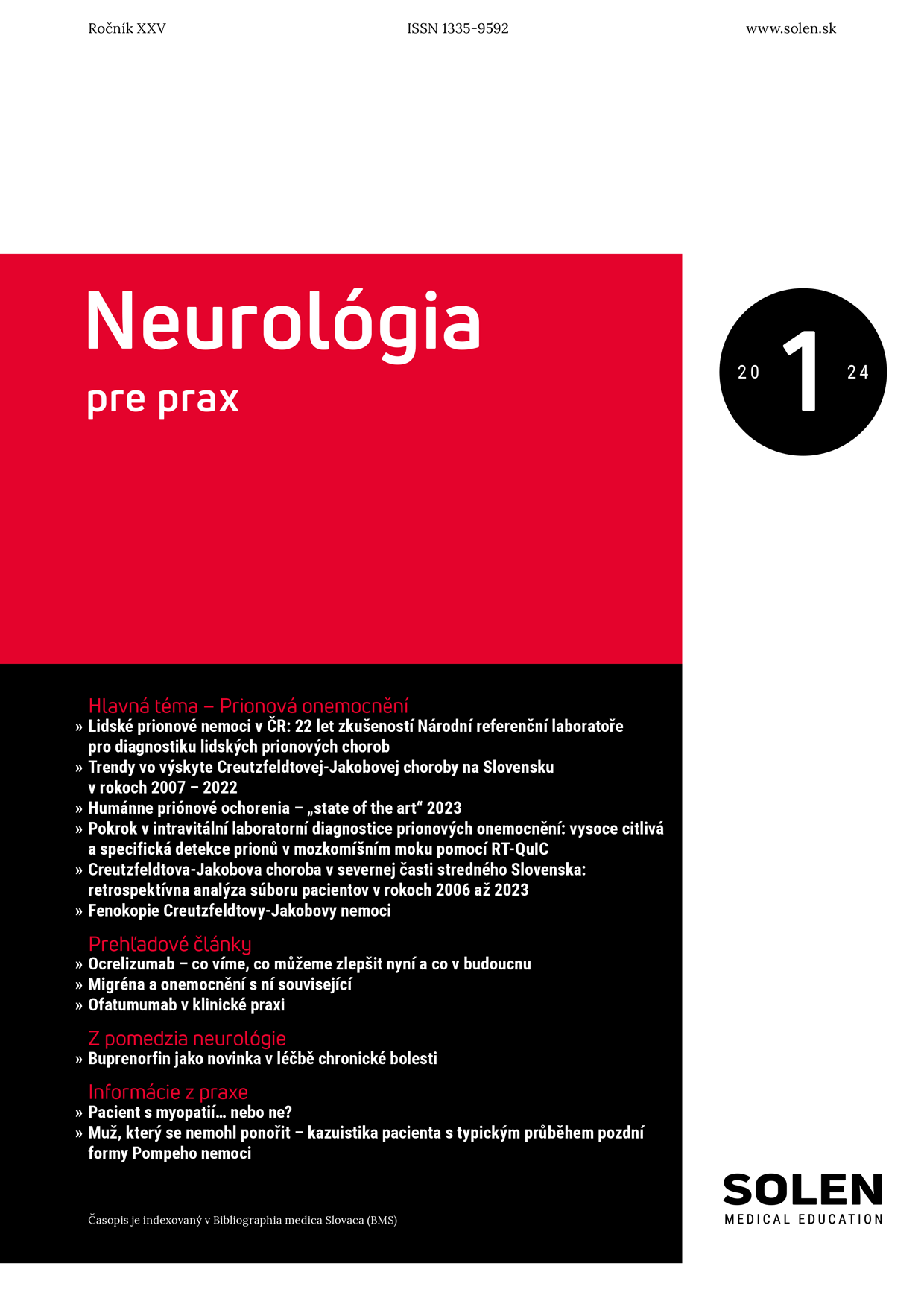
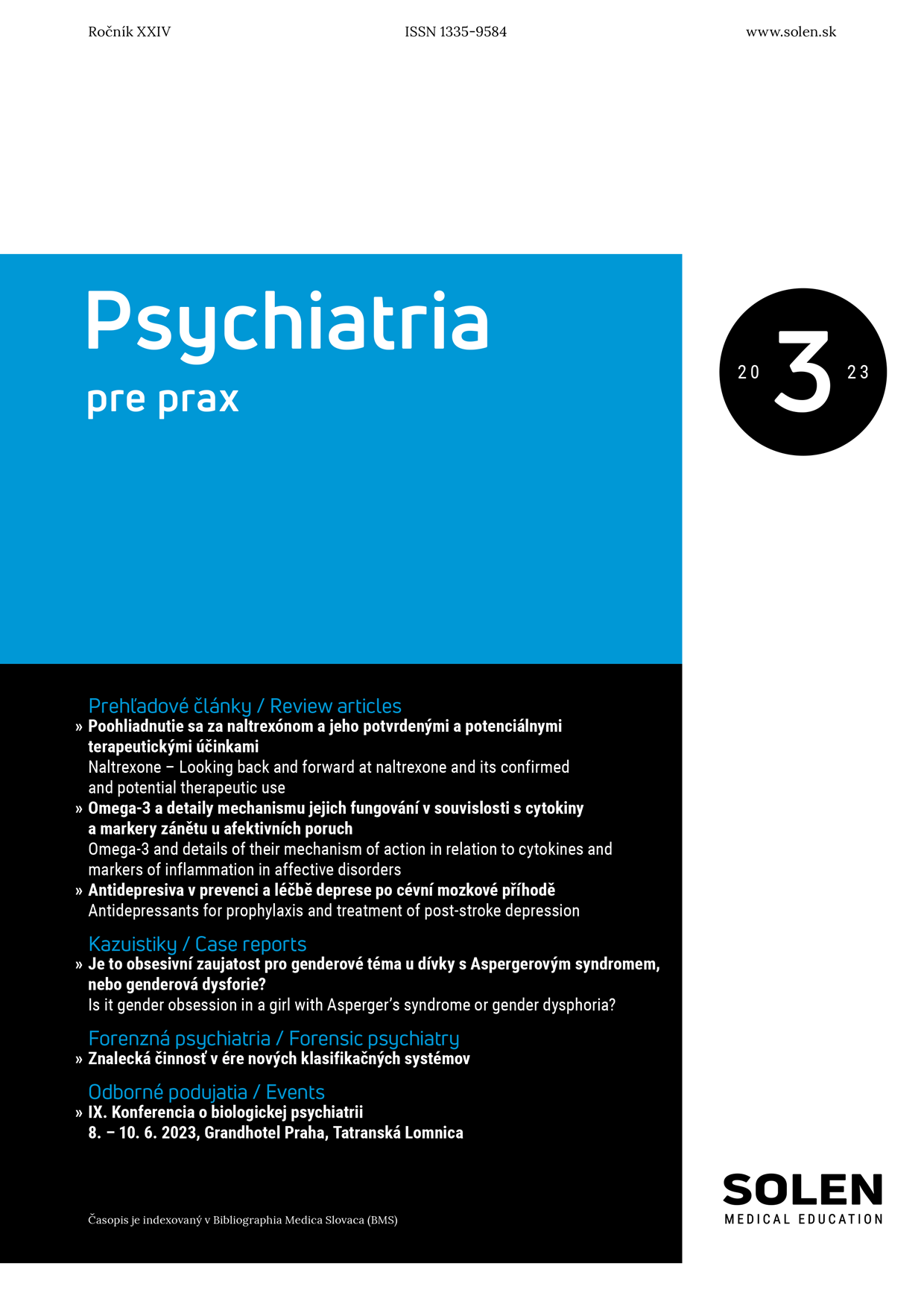
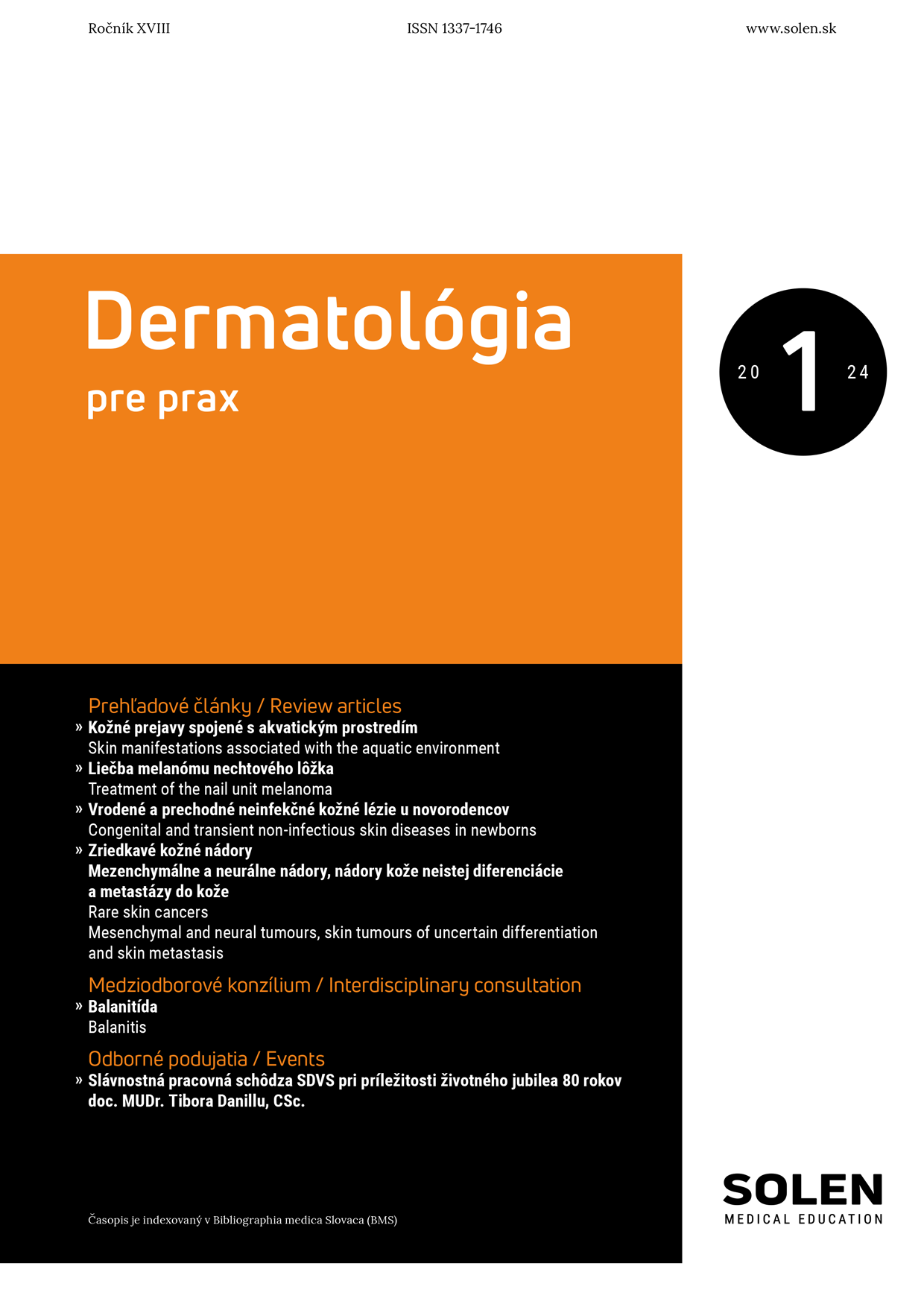
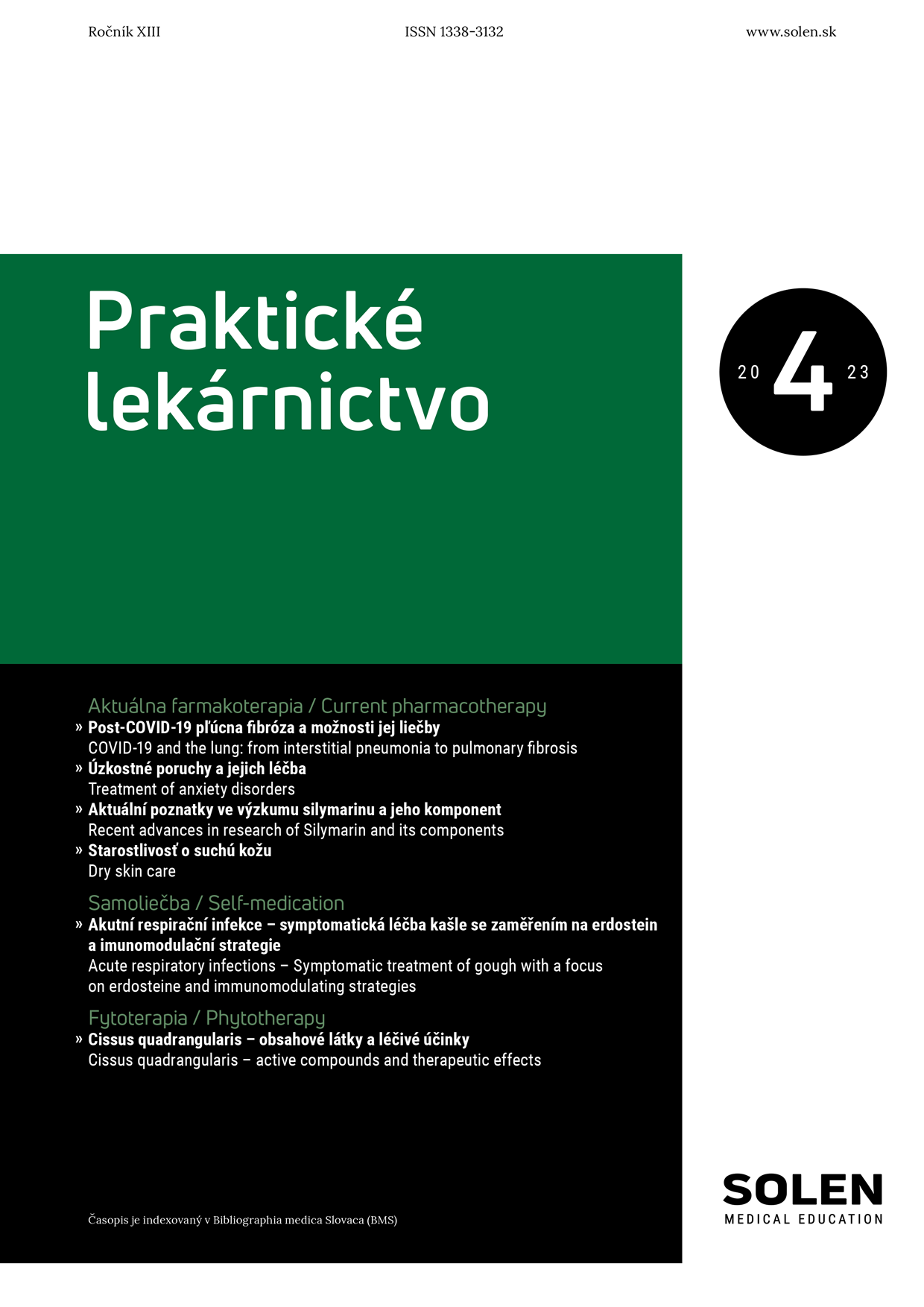
-1.png)
